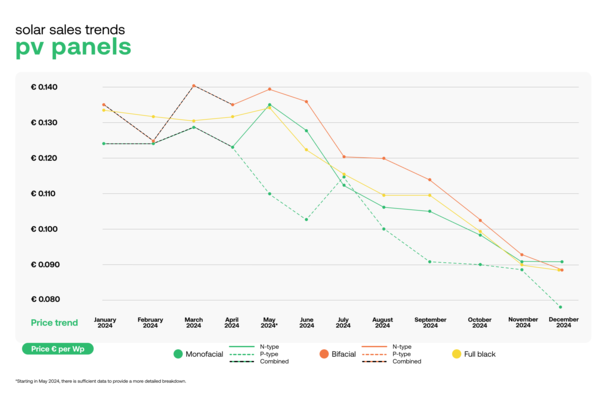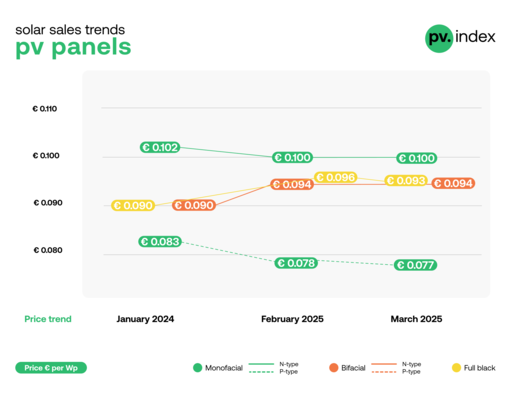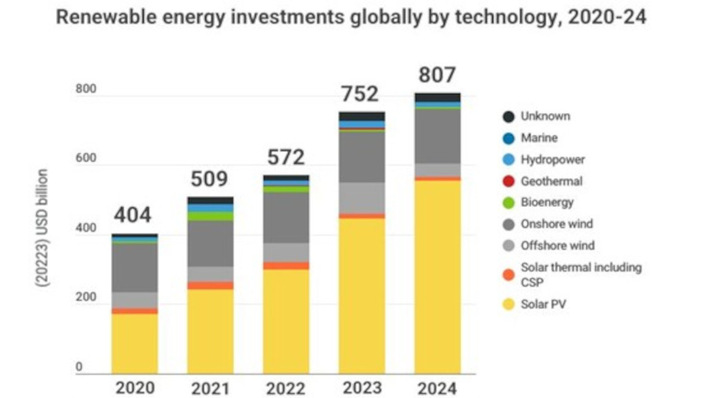How can the share of solar energy in Switzerland's electricity mix be increased from the current ten per cent to 50 per cent within ten years? This was one of the questions at the centre of this year's photovoltaic conference organised by the industry association Swissolar. The industry is ready, the Electricity Act creates the necessary political framework, is part of the answer.
Programme expanded
More than 1,000 tradespeople, planners, project planners, manufacturers and researchers from the solar industry took part in the conference - both at the SwissTech Convention Centre in Lausanne and online. The general conditions and market developments were just one of the focal points of the conference. It also covered topics ranging from coping with large amounts of solar power in the grid to new areas of application for solar energy. The programme was significantly expanded this year with several parallel sessions.
First stage completed
Back in 2011, Swissolar set the goal of covering ten per cent of Switzerland's electricity supply with solar power by 2025. At the time, this was considered completely utopian. However, developments have shown that it can be achieved. Because this target has already been achieved a year earlier. Swissolar assumes that 6.two terawatt hours of solar power will be produced this year, which is actually more than ten per cent of Switzerland's demand.
See also: Module prices continue to spiral downwards
Production in the next winter half-year is likely to be around two terawatt hours. This corresponds to half of Switzerland's average demand for electricity imports in winter. Photovoltaics, in combination with hydropower, are therefore already making a significant contribution to security of supply in winter, the industry representatives summarise.
Further increase in expansion
The association therefore wants to take the next step towards further expansion. "We are only just getting started - we will increase the annual expansion even further," emphasises Swissolar President and National Councillor Jürg Grossen. "The solar industry, with its vast experience, over 10,000 employees and the new solar gauges, is ready to guarantee the necessary, steady expansion. By voting yes to the Electricity Act, the Swiss electorate can decide on the necessary political framework conditions on 9 June 2024."
35 terawatt hours planned by 2035
This puts Swissolar on a similar expansion path to the government. This is because the Electricity Act stipulates that annual electricity production from new renewable energies should be 35 terawatt hours by 2035 and 45 terawatt hours by 2050. Even if no sub-targets have yet been set for the individual technologies, the industry representatives from Swissolar assume that it is clear that solar power must make the largest contribution.
Utilising all areas
As a first step, the association therefore wants to drive forward the expansion of photovoltaics by a factor of five by 2035 compared to today's contribution to the electricity supply. To achieve this, however, all potential must be utilised. Roofs and facades continue to be at the centre of the expansion due to their proximity to consumption. However, the use of infrastructure facilities such as noise barriers or car park roofs is just as necessary as the dual use of agricultural land with agriphotovoltaics and large-scale alpine plants. A separate session at the conference was dedicated to the topic of photovoltaics beyond buildings. Another session delved deeper into the issues surrounding solar facades, which can make an important contribution to the winter electricity supply.
Allowing electricity communities
The last session of the conference is dedicated to the new instrument of local electricity communities (LEG) provided for in the Electricity Act. This makes it possible to intelligently coordinate electricity production and consumption at neighbourhood or municipal level. This can minimise the need for grid expansion.
Also interesting: Fruits and solar power from a Swiss field
The Swiss are looking to neighbouring Austria, where such possibilities already exist. Swissolar hopes that the introduction of the LEG in Switzerland will boost innovation and provide a strong incentive for large photovoltaic systems and electromobility. (su/mfo)









